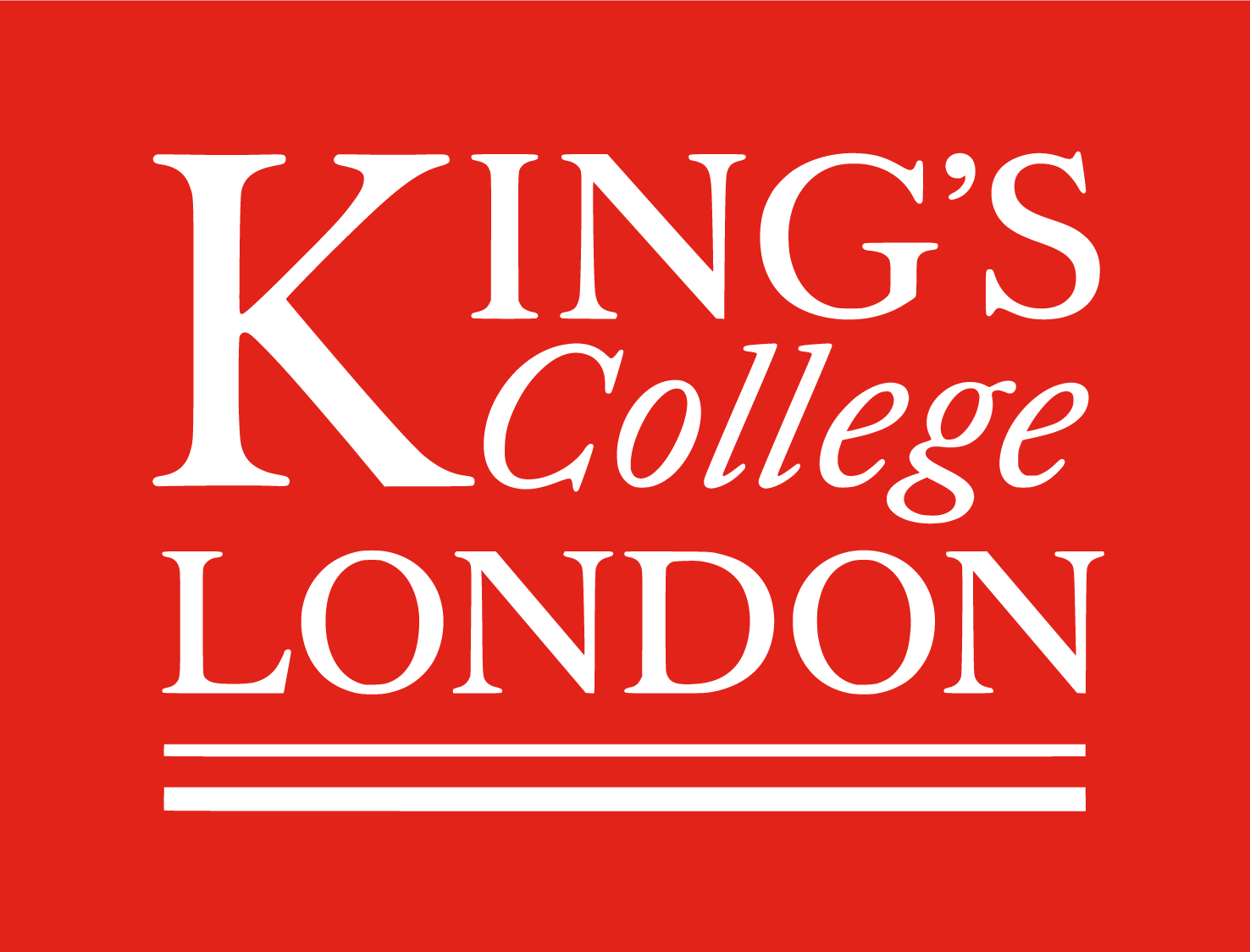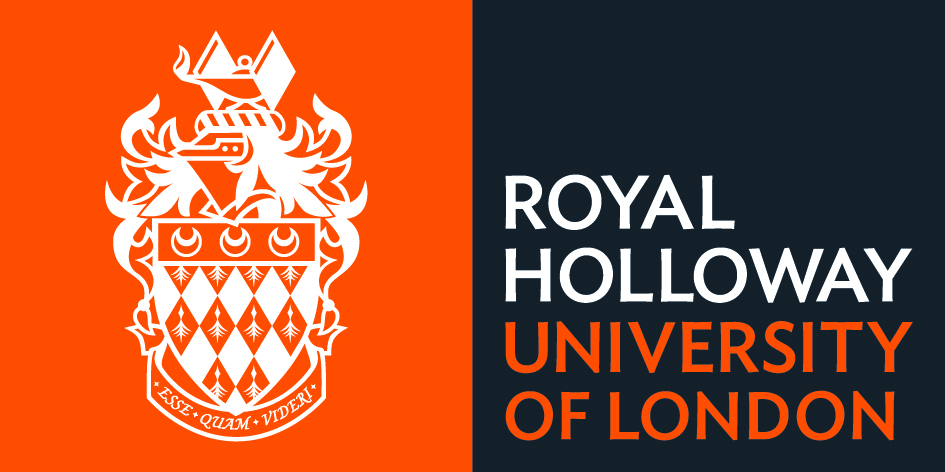By Anastasios Rovithakis, Technical University of Crete
Feature image(gif): The catastrophic 2021 summer fires in Greece
Greece has experienced many catastrophic wild fires in the recent years in response to extended drought periods driven by climate change. The country follows the general Mediterranean trend of increasing temperature and decreasing precipitation in the distant future, thus creating an urgent need to study the effects of global warming with regards to wild fire danger over Greece.
In our recent study, published in Environmental Research Letters, we assessed the changes in future fire danger conditions for different regions of Greece using the Canadian Fire Weather Index (FWI). We used three regional climate models from the Coordinated Regional Downscaling Experiment (CORDEX) – an optimistic emissions scenario where emissions peak and decline beyond 2020 (Representative Concentration Pathway (RCP) 2.6), a middle-of-the-road scenario (RCP4.5) and a pessimistic scenario, in terms of mitigation where emissions continue to rise throughout the century (RCP8.5).
We found that the Greek areas of Crete, the Aegean Islands, the Attica region, and parts of Peloponnes are deemed to have the highest fire danger in the reference period (recent past). In the distant future it is also predicted for the Greek domain to experience an increase of one fire danger class under the pessimistic scenario, as seen in Figure 1 panel (a). The length of the fire season for some areas under this scenario is predicted to increase in the distant future up to 40 days, and up to 13 days when taking into account the entire Greek domain. Increase in the fire season length leads to potentially higher number of fires and thus increase in human respiratory symptoms due to hazardous fire emitted particles.

Figure 1: Panel (a) is a comparison of spatially averaged yearly FWI fire season values of all RCP scenarios and time periods against the EFFIS fire danger classes shown on the right hand side of the y axis of panel (a). Panel (b) shows the average fire season FWI values from all models together with the extreme FWI>150 as depicted by the cross hatched regions, whereas maps (c, d, e, f, g, h) representing the 30-year ensemble average FWI change based on the average of all 3 different GCM simulations during the fire season months (May-September) between the two future time periods from the reference period, for all RCP scenarios. Hatched regions depict the values that are higher than the 90th percentile of the SN ratio for the corresponding time period.
Also involved in the study: Dr Apostolos Voulgarakis and Dr Manolis Grillakis from the Technical University of Crete/ Leverhulme Wildfires, Christos Giannakopoulos and Anna Karali from the Institute for Environmental Research and Sustainable Development, National Observatory of Athens; Robert Field from the Department of Applied Physics and Applied Mathematics, Columbia University; and Mihalis Lazaridis and Kostadinos Seiradakis from the School of Environmental Engineering, Technical University of Crete.






